ASTMA + Bride + Jonathan Bergen. 18.09.2025. Motto Berlin
Posted in Uncategorized on September 16th, 2025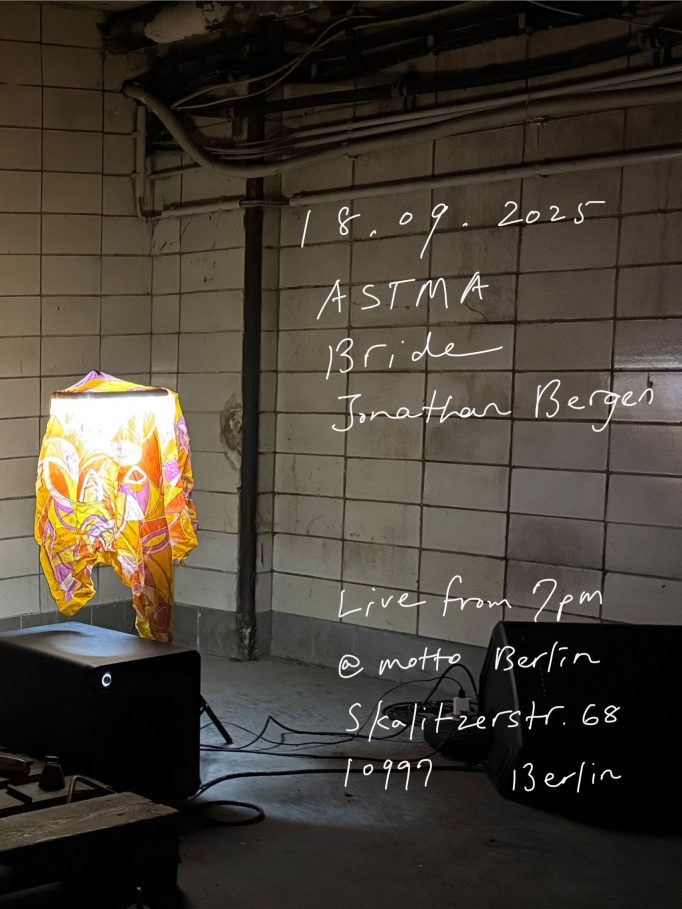

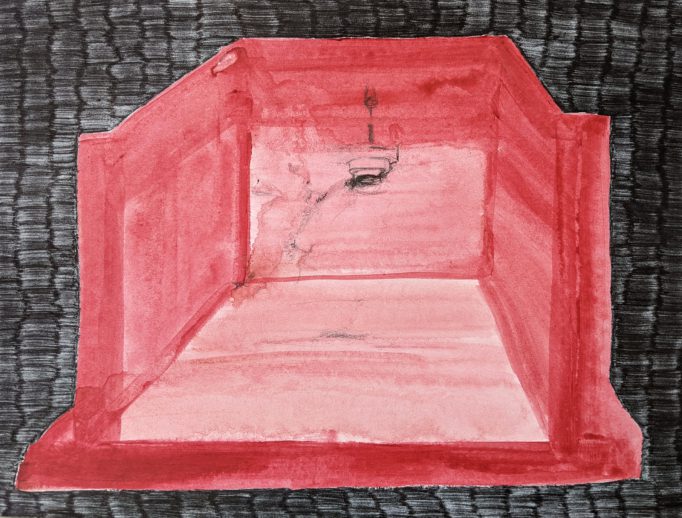
Time of Waste
Ewa Kubiak
Opening, Thursday Sept. 18th from 6pm
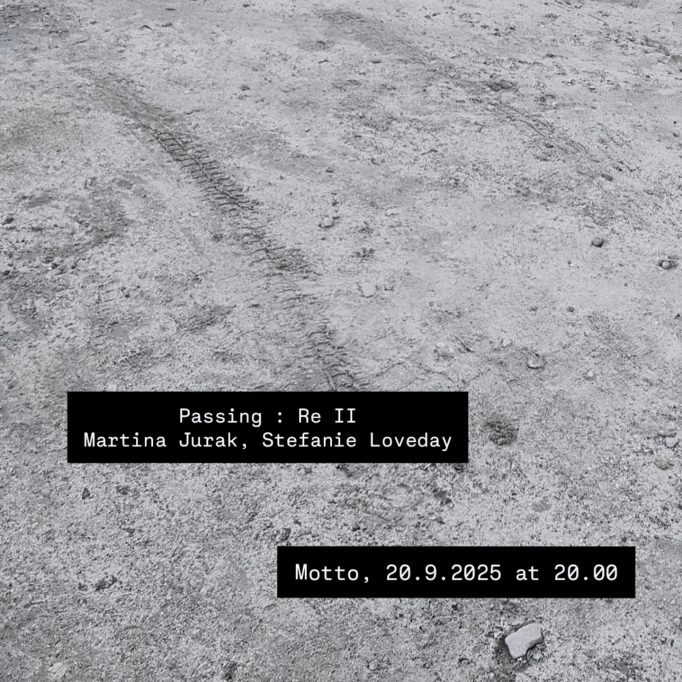
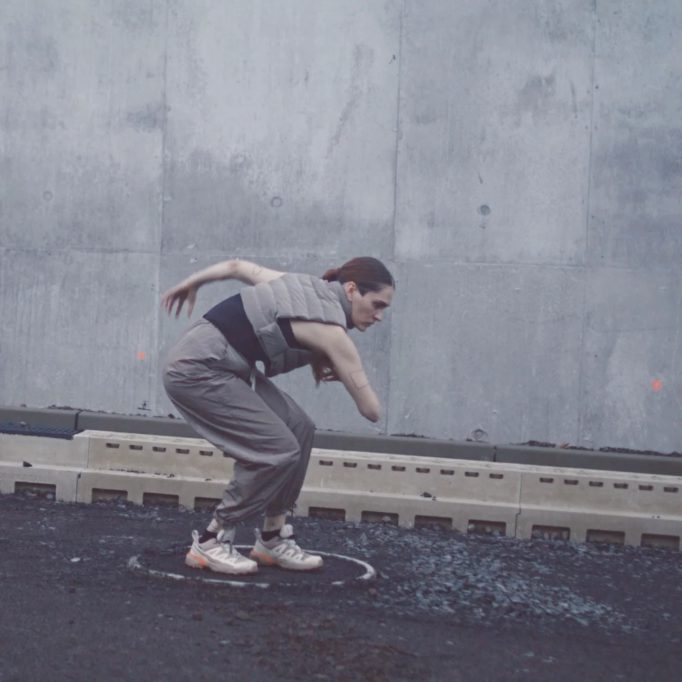
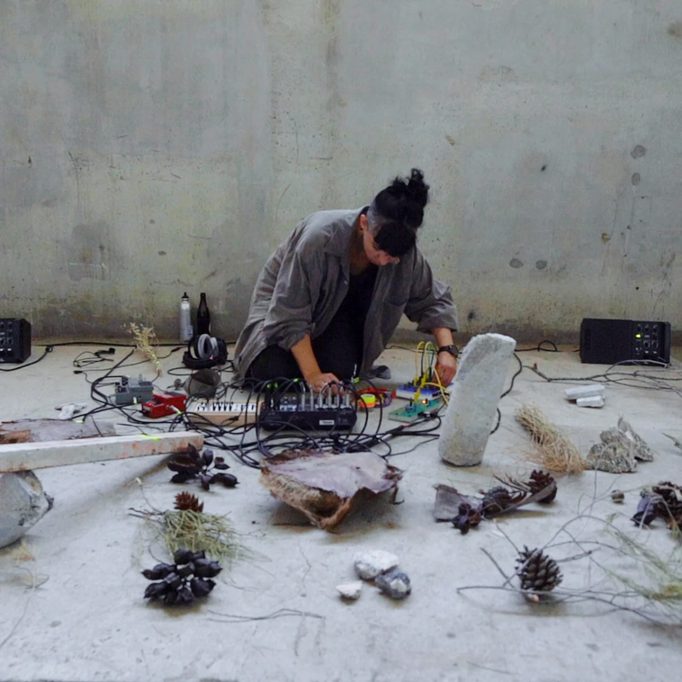
Passing: Re II
Martina Jurak + Stefanie Loveday
Performance at Motto Berlin
20.09.2025, 8pm
Re II is the next part of an audio-dance performative cycle titled Passing, created by Martina Jurak, that discloses urban developments through exploration of enormous construction sites which expand across Berlin.
The piece will present a sound collaboration with Stefanie Loveday that focuses on newly built parts of the controversial A100 highway. Both artists find the newly opened 16th and the planned 17th construction phase problematic from an ecological, political, and economic perspective, and have used it to gather their multi-formed creative material.
Urban research will be shown as performative installation with found objects, butoh inspired movement, and electro-acoustic sound, to question the processes of the ongoing spatial changes.
Come join our re-constructed space on Saturday, 20.09.2025 at 20:00 at Motto Berlin
Donations welcome
ASTMA / Bride / Jonathan Bergen
September 18, Motto Berlin
LIVE! from 7pm
(image: Jonathan Bergen)
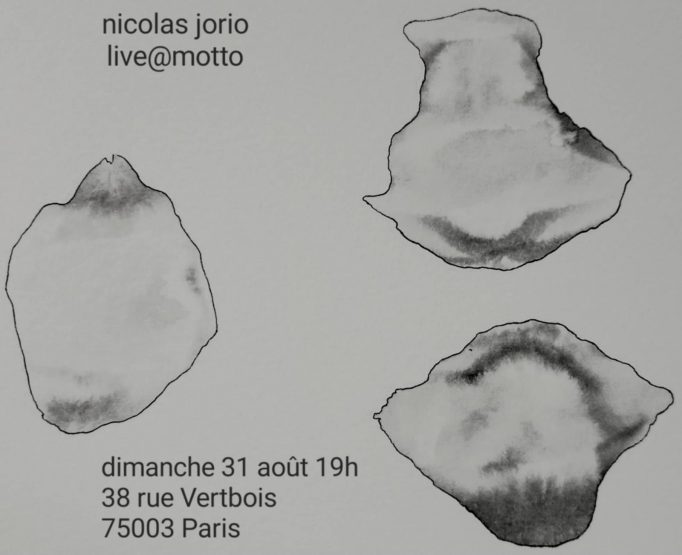
nicolas jorio
live@motto
dimanche 31 août
19h
Motto Paris
38 rue Vertbois
75003 Paris
Pimientos de Padrón y Amigos
Erik Steinbrecher
@ Motto Berlin
Opened at 2:45 am, July 23, 2025.
Exhibition 23.07 – 18.09.2025
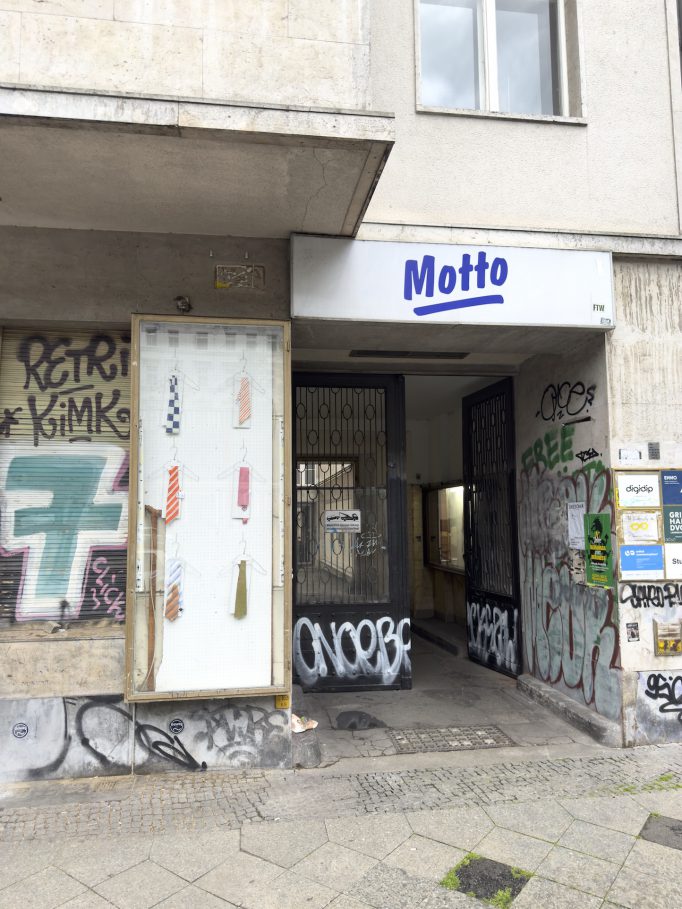
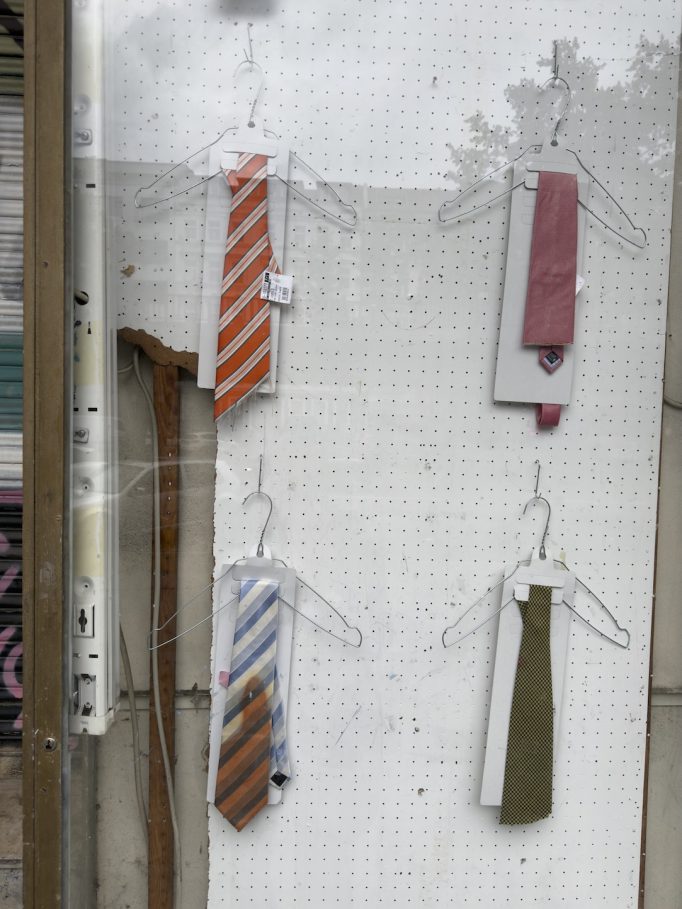
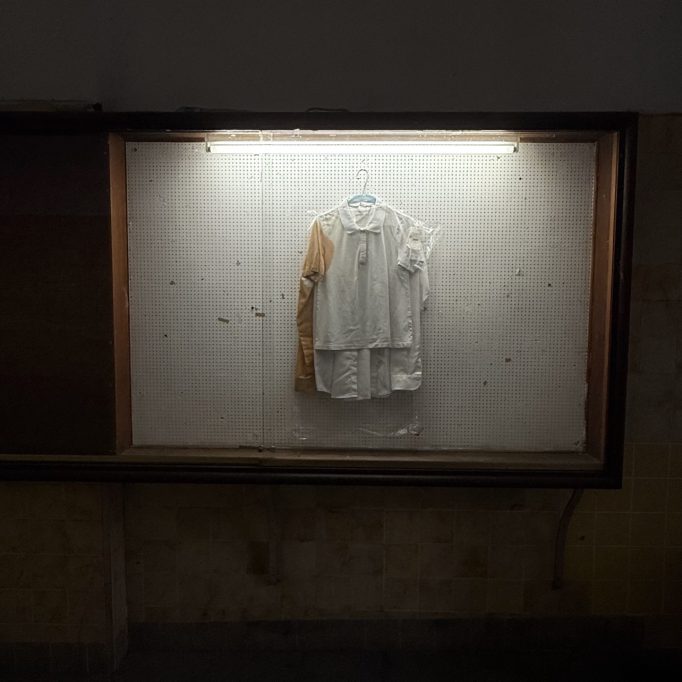
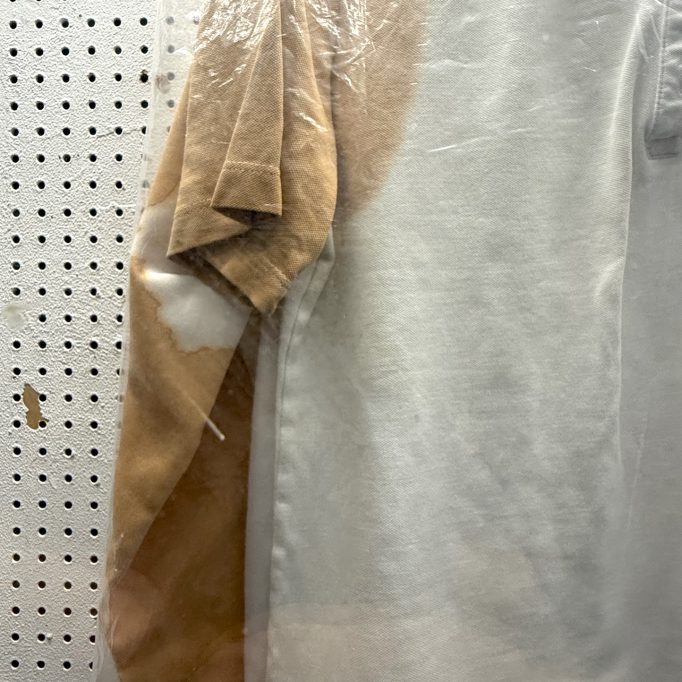
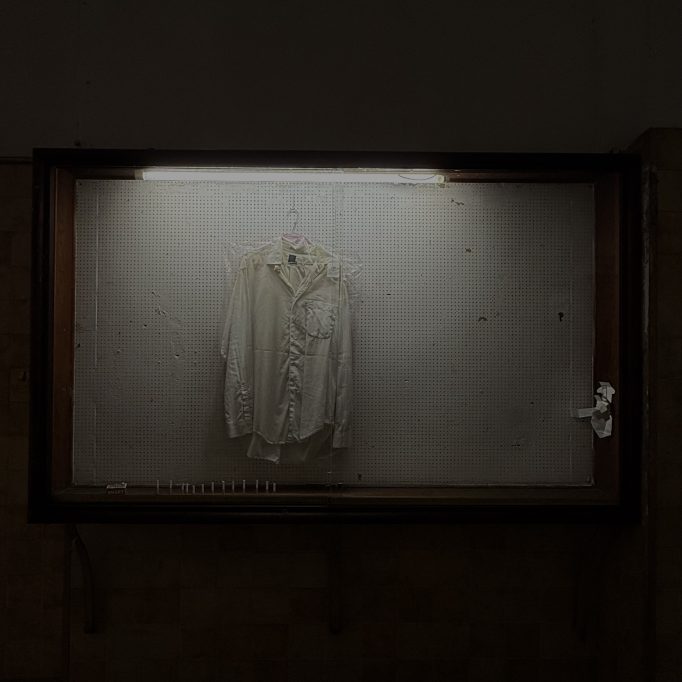

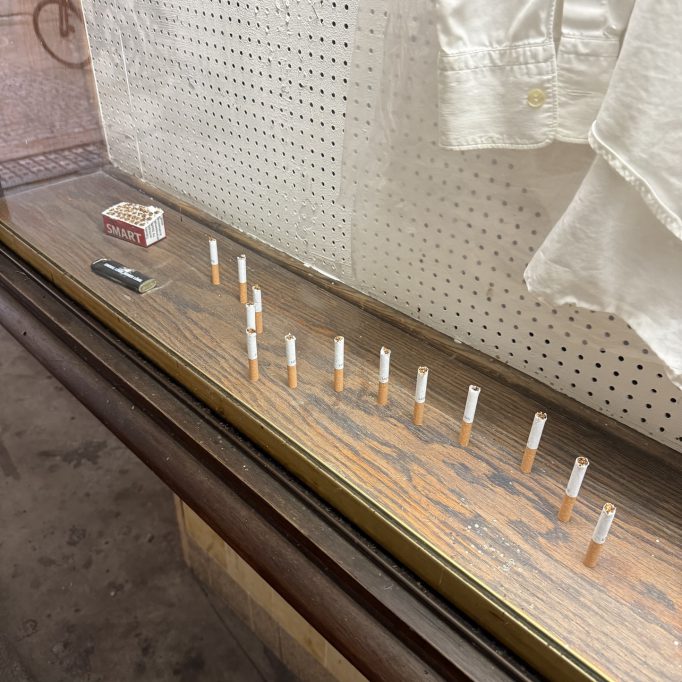
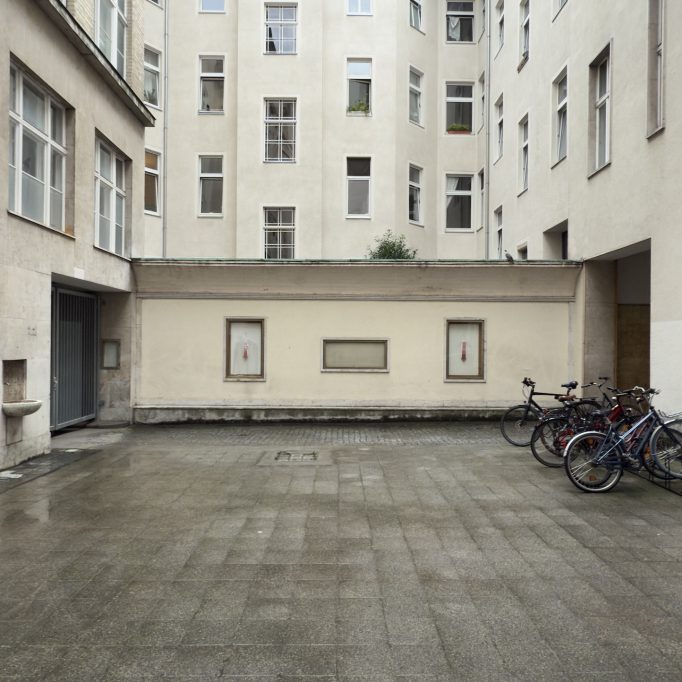
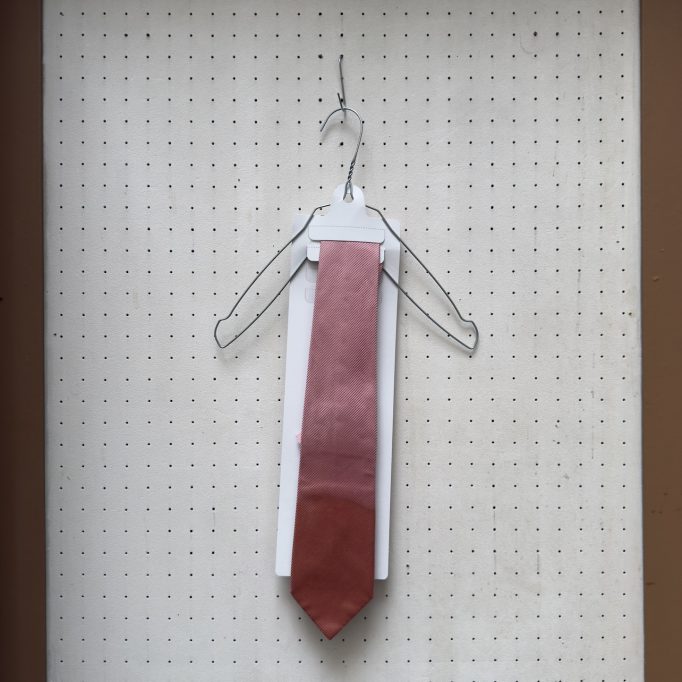
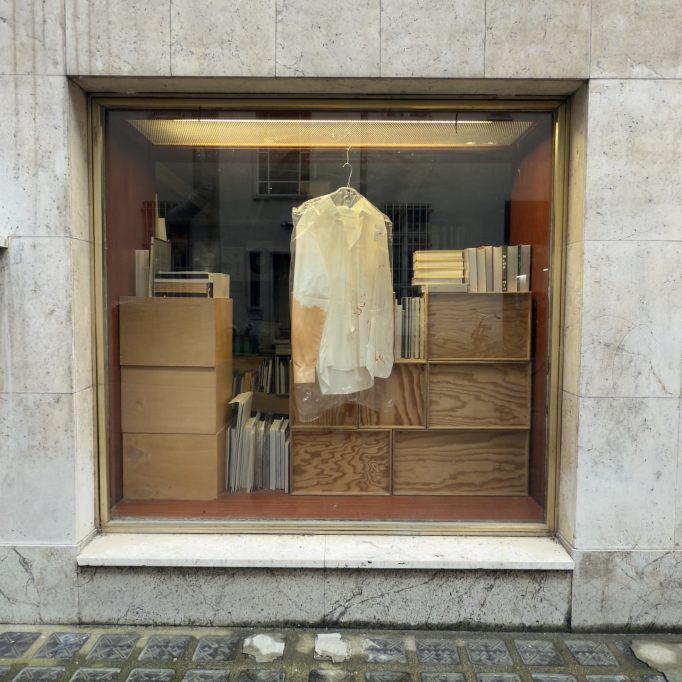
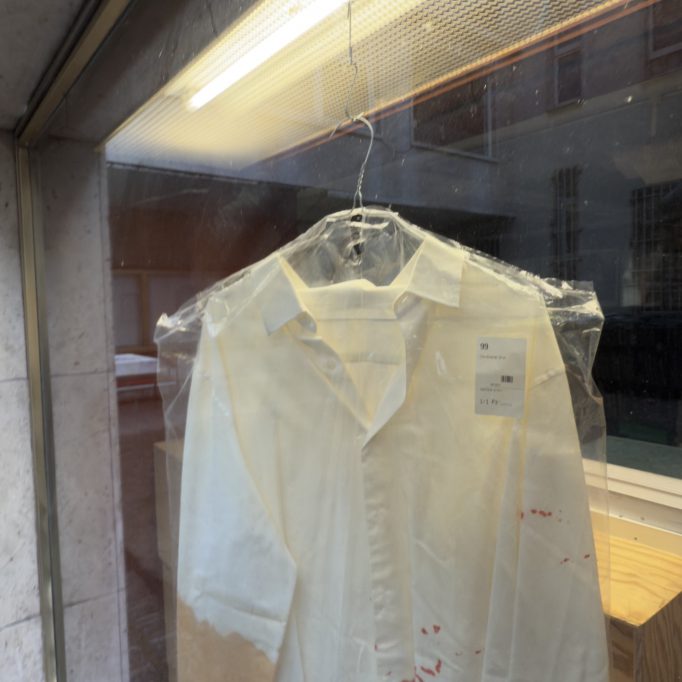
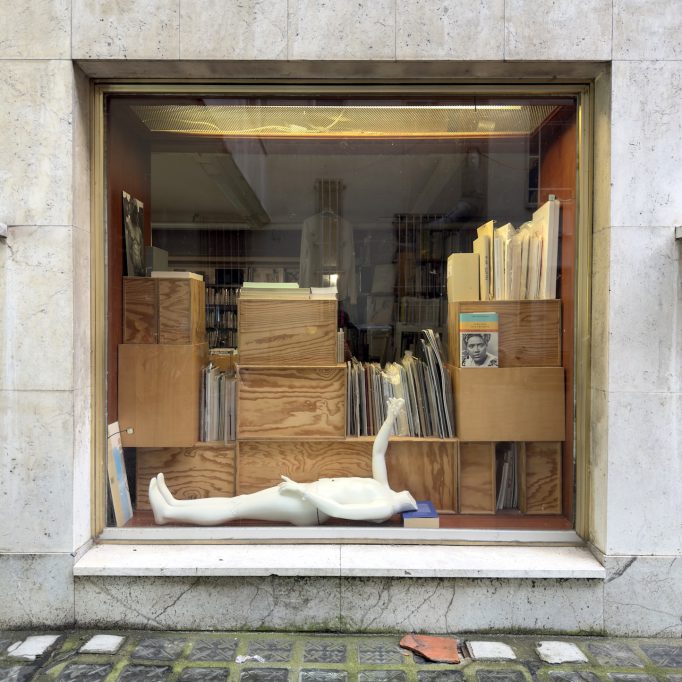
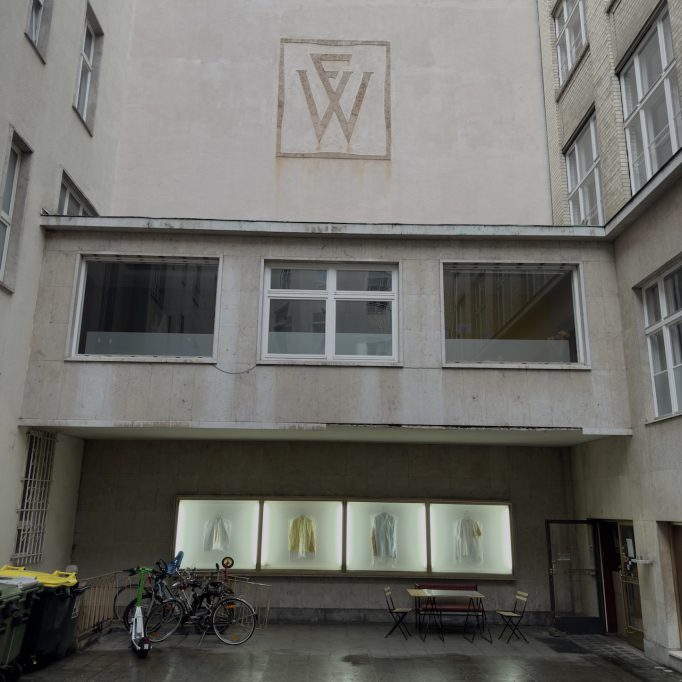
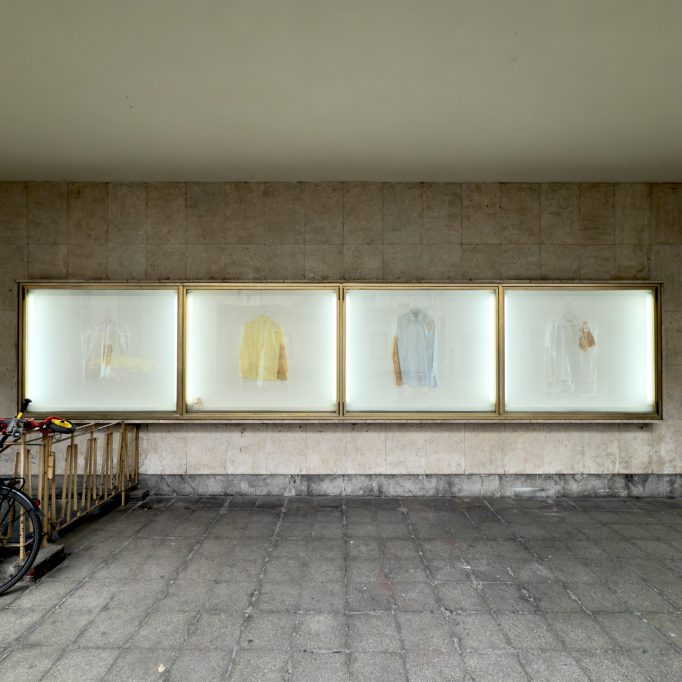


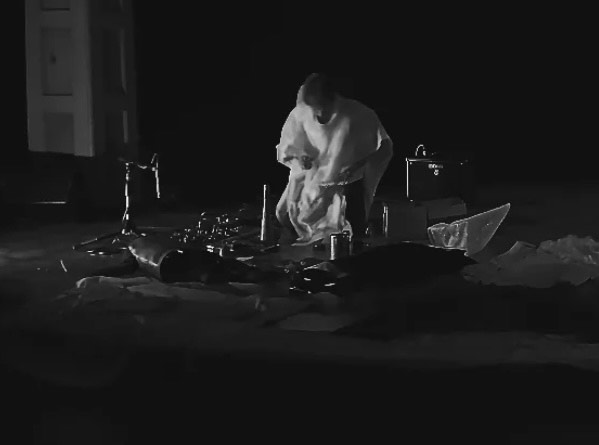
Silas Morrow
@ Motto Berlin
August 21, 8pm (sharp)
Silas Morrow is a sculptor, improviser, and noise artist from Seattle, Washington. Through a contemplative sculptural and sound practice he explores the memory of his grandmother’s spiritual devotion as well as his great aunt’s monastic home on the coast of Northern California. He makes use of found and gifted objects along with hand crafted wind instruments. Silas encourages items to interact through electronic amplification.
His great aunt utilized labyrinths in her spiritual practice and constructed one in her yard which Silas would be directed to walk through when visiting.
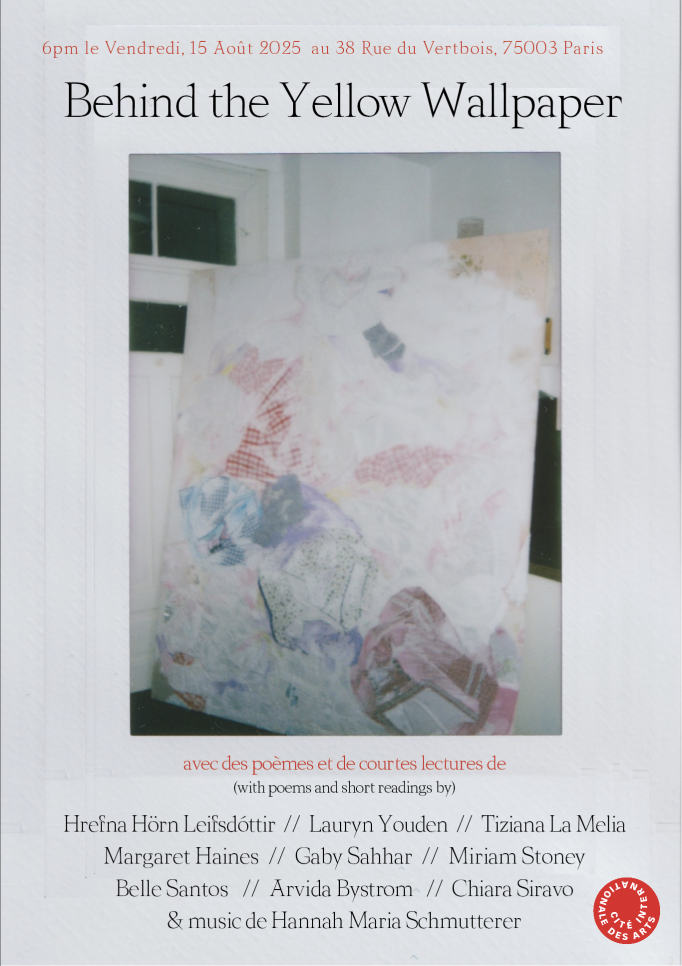
(CANCELLED)
Behind the Yellow Wallpaper
Poems and short stories reading
6pm Friday August 15
@ Motto Paris
38 Rue du Vertbois
75003 Paris
With:
Hrefna Hörn Leifsdottír
Lauryn Youden
Tiziana La Melia
Margaret Haines
Miriam Stoney
Gaby Sahhar
Belle Santos
Arvida Bystrom
Chiara Siravo
& music by Hannah Maria Schmutterer
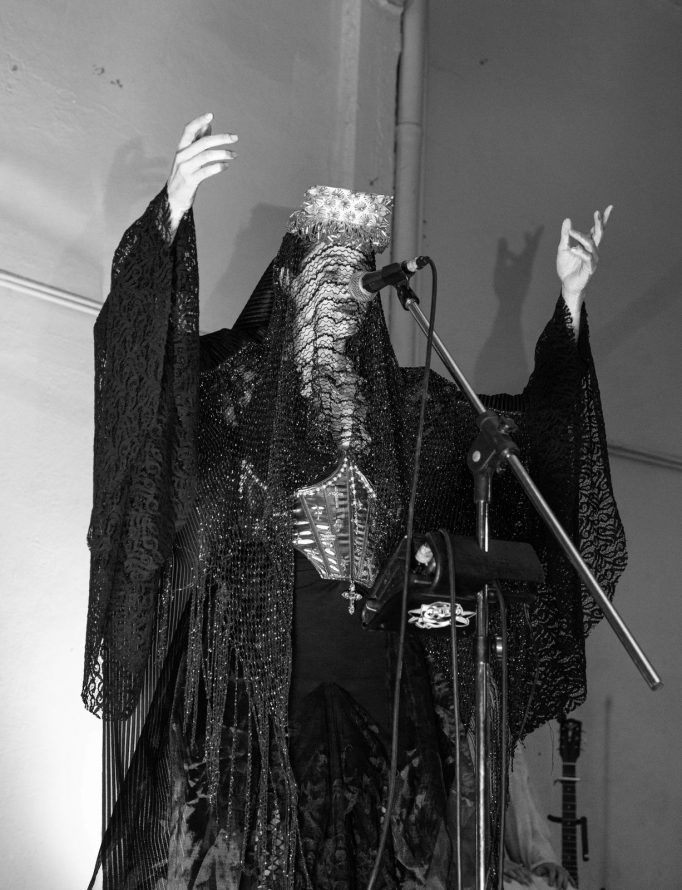
@a_r_w_y
2/8 @ Motto Berlin
Árwy is a storyteller who, through music, recreates the atmospheres and landscapes of dark fantasy, fairy noise, and science fiction voices and prayers.
Come experience this narrative gothic ambient this Saturday, August 2nd at 7:30 pm at Motto Books
Fotos x @ojo.limbico